Bōsōzoku Cars - Japanese Mod Culture on Steroids
effspot’s Bosozoku car│Gordon Cheng
If you think Japanese car culture is all about precision engineering and muted elegance, think again. Bosozoku is the flaming middle finger to conformity—a riot on wheels that screams rebellion louder than a straight-piped V12 on the Wangan. To understand this subculture, you need to strap in and take a ride through its chaotic history, wild aesthetics, and audacious spirit. Bring earplugs. And a sense of adventure.
In this article
The Origins of Bosozoku Culture
Zokusha - Transition to Bosozoku Car Culture
The Types of Zokusha Cars
The Global Bosozoku Takeover
The Origins of Bōsōzoku Culture
Picture post-WWII Japan—a nation in recovery, teetering between tradition and a headlong dive into modernity. Out of this turbulence roared the Kaminari-zoku, or Thunder Tribe, the leather-clad rebels who kickstarted Japan’s first motorcycle subculture in the 1950s. By the ’70s, these restless riders evolved into the Bosozoku (暴走族), as if the Thunder Tribe had just discovered punk rock and neon paint.
Their rides? Think motorcycles that look like they lost a fight with a Gundam factory. Giant fairings covered in kanji slogans, takeyari (spear-like) exhausts pointed skyward, and colors that screamed louder than the engines. Their uniforms? Kamikaze-inspired tokko-fuku jackets, embroidered with nationalist slogans, dripping with swagger. Together, they tore through Japanese streets in synchronized packs, announcing their rebellion in glorious, ear-shattering style.
Bosozoku wasn’t just a gang; it was a cultural moment. It starred in manga like Shonan Bakusozoku and films like God Speed You! Black Emperor, capturing the imagination of a generation. But fame comes with a price. By the late ‘70s, the police declared open season on the gangs, confiscating their iconic jackets and introducing harsher penalties for their antics.
And just like that, the biker scene began to fade—only to be resurrected, louder than ever, on four wheels.
Kaido racer
Zokusha - Transition to Bōsōzoku Car Culture
By the late 1970s, Bosozoku biker gangs had become the stuff of urban legends—and police nightmares. The authorities weren’t just clamping down; they were on a full-blown crusade to snuff out the chaos. First, they targeted the gangs’ most iconic badge of honor: the tokko-fuku. These kamikaze-inspired jackets, dripping with embroidered slogans and defiance, could now be confiscated on sight. It wasn’t long before this escalated into full-scale crackdowns, making life on two wheels a risky business for anyone rocking neon fairings and sky-high exhaust pipes.
Faced with this new reality, the Bosozoku faithful had a decision to make: tone it down or find another way to stay loud. Spoiler alert—they didn’t go quiet. Instead, many members swapped handlebars for steering wheels, quietly sparking a new wave of car customization that would soon take on a life of its own.
The timing couldn’t have been better. Japan was riding the wave of its pre-bubble economic boom, and suddenly, young people had something that had eluded them for decades: disposable income. For the first time, owning and modifying a car wasn’t just a pipe dream for the working-class youth—it was a reachable reality.
And just like that, Zokusha (族車) culture rolled onto the scene. This was also the moment where the edges of Bosozoku culture started to blur. Sure, the wild customization, with towering exhaust pipes, cartoonishly massive body kits, and all the glorious excess still gets lumped under the “Bosozoku” banner. But in reality, it had evolved into something distinct, carving out its own identity under the name Zokusha.
This rising culture wasn’t about subtlety or sophistication. Zokusha, or gang cars, took everything Bosozoku stood for and scaled it up. Bigger canvas, bigger mods, bigger noise. Cars became the ultimate expression of the movement, offering a whole new playground for creativity and chaos.
Fuji Speedway 1982│These models would prove to be a big inspiration for Zokusha culture
The Types of Zokusha Cars
Let’s break down some of Zokusha’s most iconic car customization styles:
Shakotan (シャコタン)
How low can you go? Shakotan is all about scraping the pavement—literally. With slammed stances and clean, minimalist body kits, Shakotan cars are sleek, aggressive, and undeniably cool. Performance? Optional. Aesthetics? Non-negotiable.
Grachan (グラチャン)
Short for “Grand Championship,” Grachan cars are an homage to Japan’s Group 5 racing heyday. Think massive, boxy body kits, ludicrously wide fenders, and liveries that look like they’ve been ripped straight from a 1970s race track. Loud, proud, and unashamedly flamboyant.
Kyusha (旧車)
The refined elder statesman of Zokusha cars, Kyusha (meaning “vintage car”) embraces Japan’s automotive history. These classics—like restored Nissan Fairlady Zs or Mazda RX-3s—are rolling tributes to a bygone era, often with subtle modern tweaks. Nostalgia never looked so good.
Kaido Racer (街道レーサー)
The line between Zokusha and Kaido Racers is blurred, but the intent differs. While Zokusha cars scream rebellion, Kaido Racers channel their inner race car, with performance-inspired mods like exposed oil coolers and aerodynamic add-ons. Less anarchist, more motorsport enthusiast—but just as jaw-dropping.

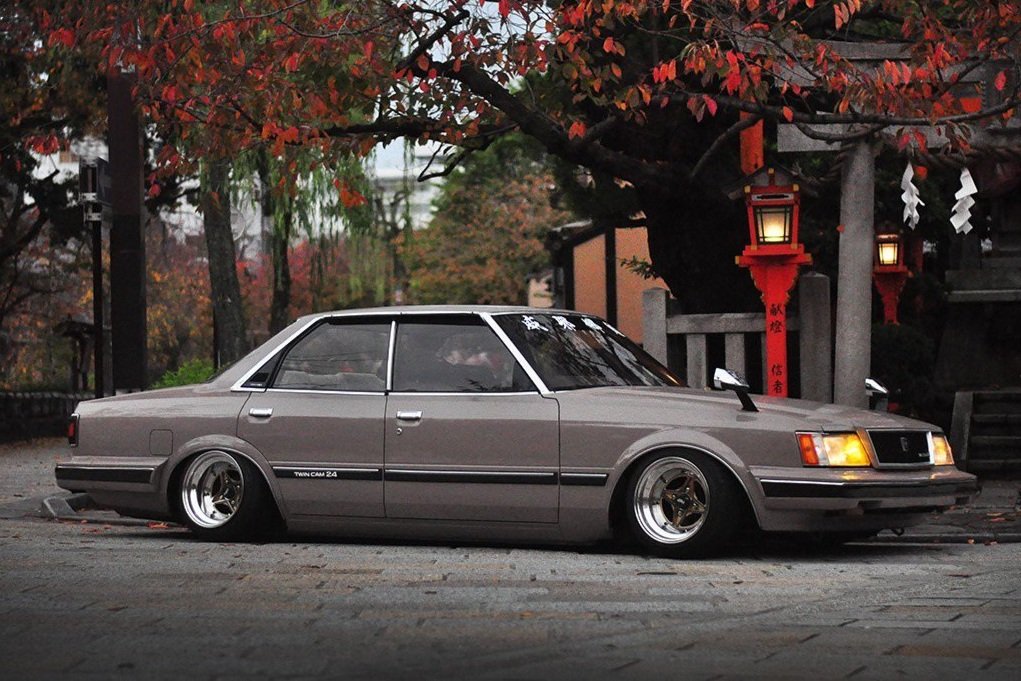
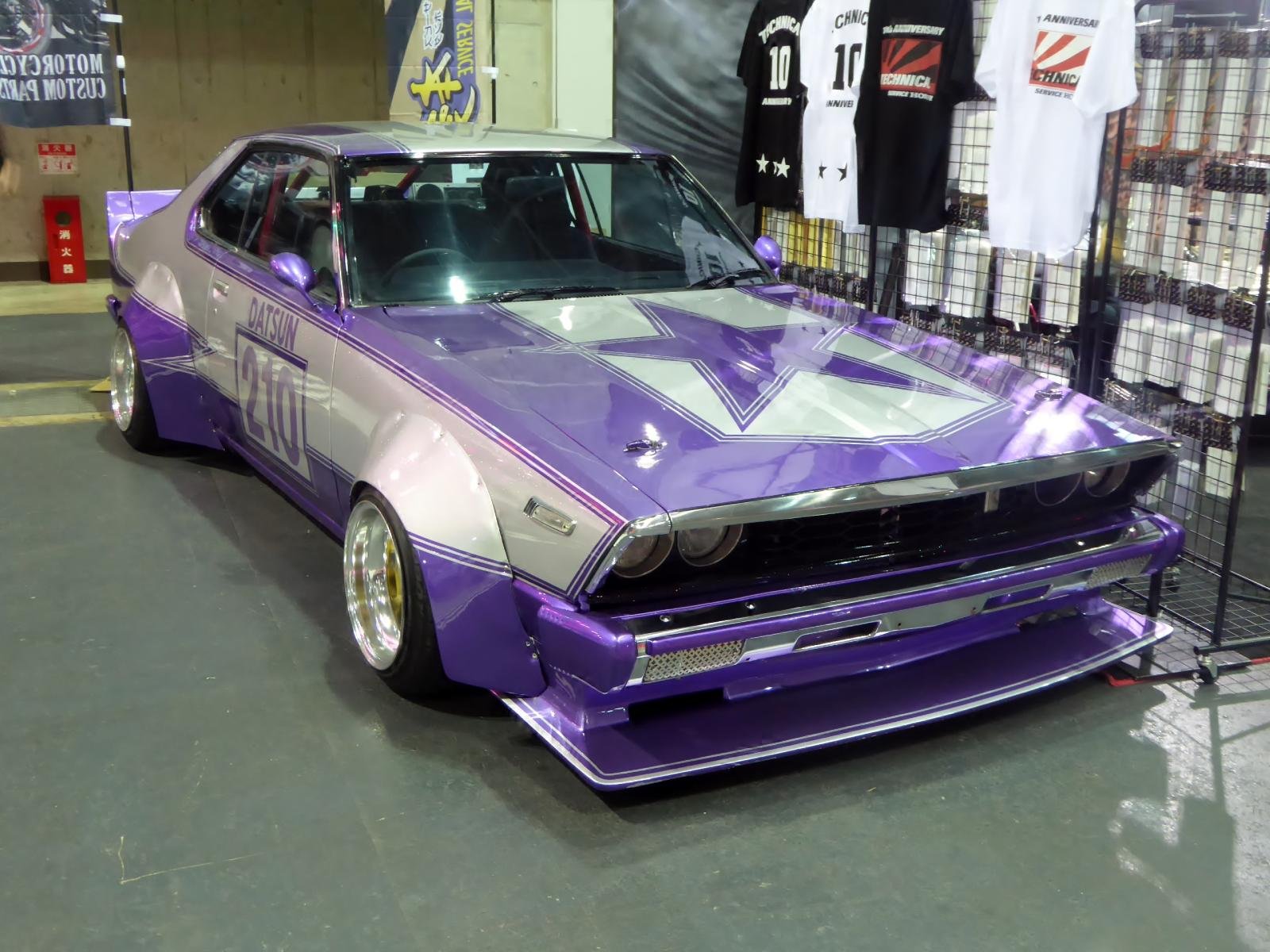
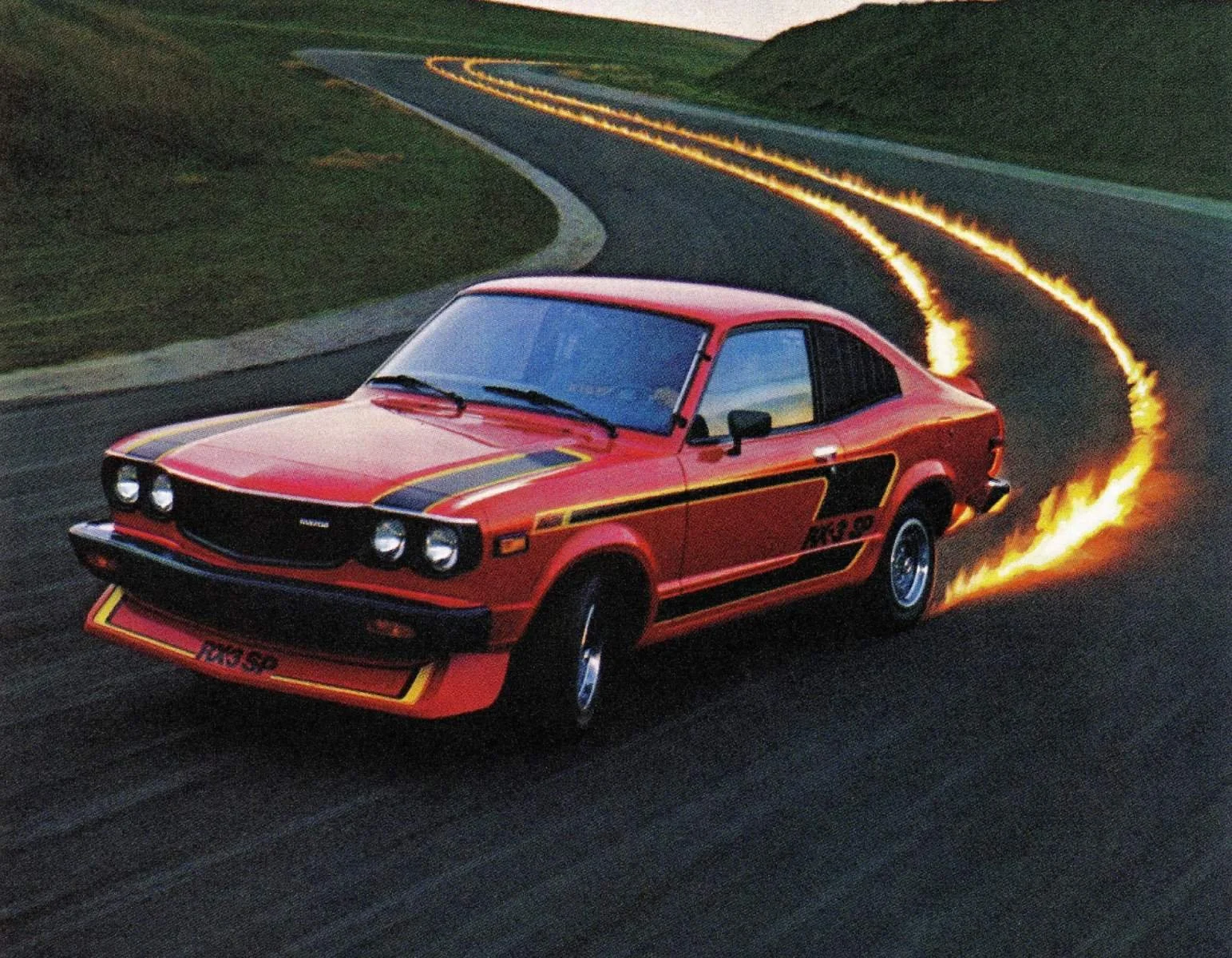
The Global Bōsōzoku Takeover
Bosozoku’s audacious aesthetic couldn’t stay confined to Japan. Over the decades, it’s made its way to car shows in California, Europe, and beyond, inspiring a new wave of enthusiasts. But here’s the kicker: while international fans often nail the look, they sometimes miss the point. Bosozoku isn’t just about aesthetics—it’s about rebellion, cultural defiance, and making a statement that says, “Yes, I do need a six-foot exhaust pipe.”
Bosozoku car culture, or Zokusha, isn’t just a chapter in Japan’s automotive history—it’s a loud, unapologetic anthem that refuses to be ignored. Born from rebellion and raised on chaos, it turned everyday vehicles into rolling works of art with an attitude to match. Even as its heyday fades in the rearview mirror, its spirit rumbles on, inspiring gearheads across the globe.




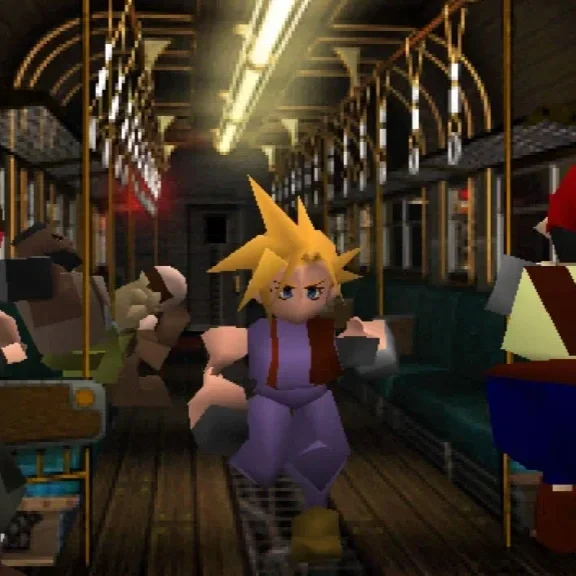
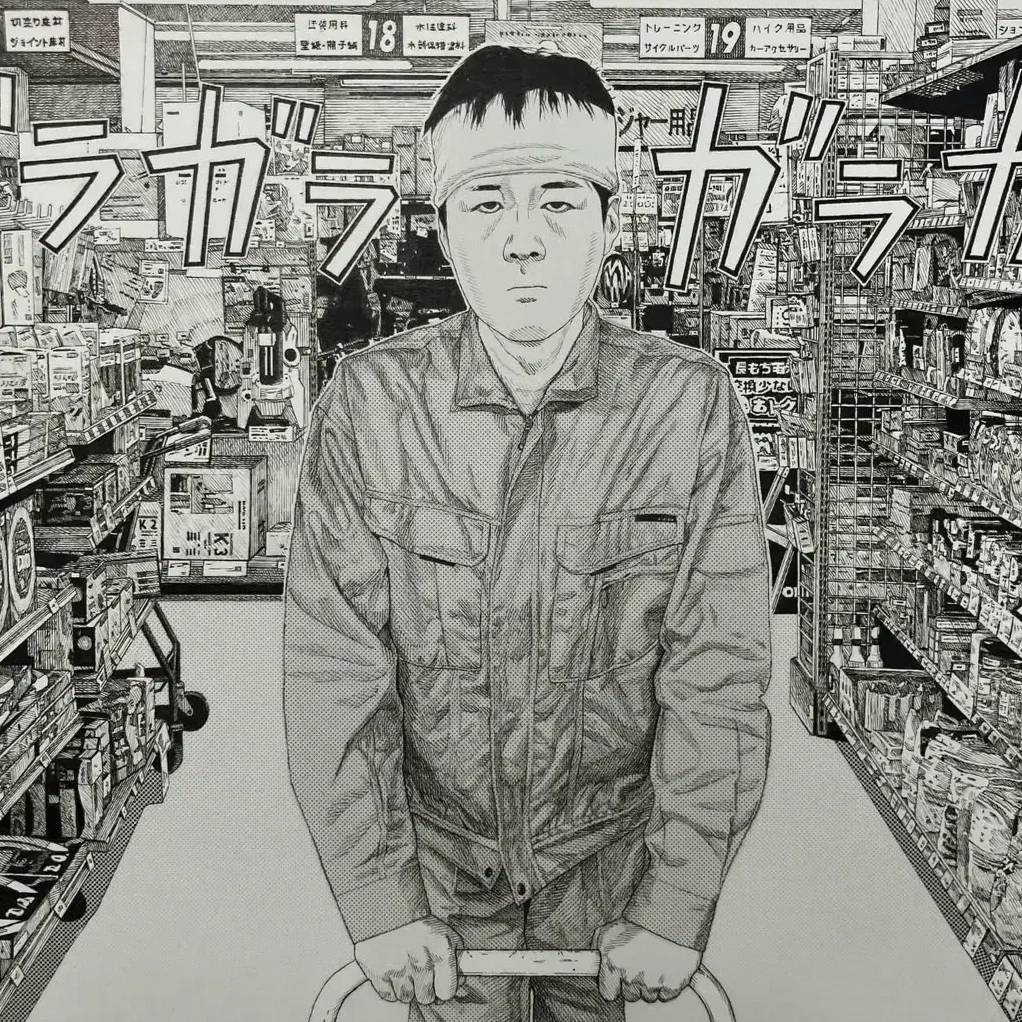
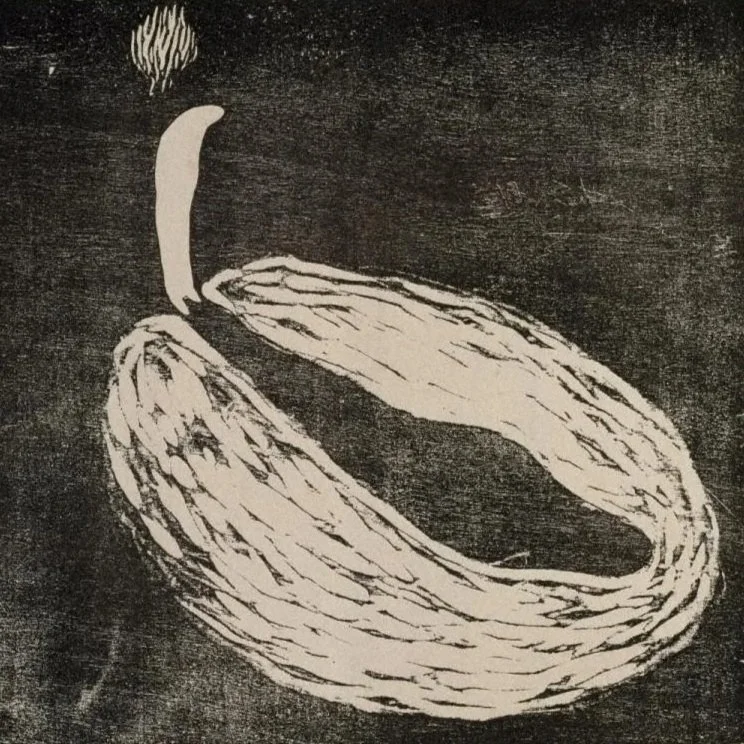

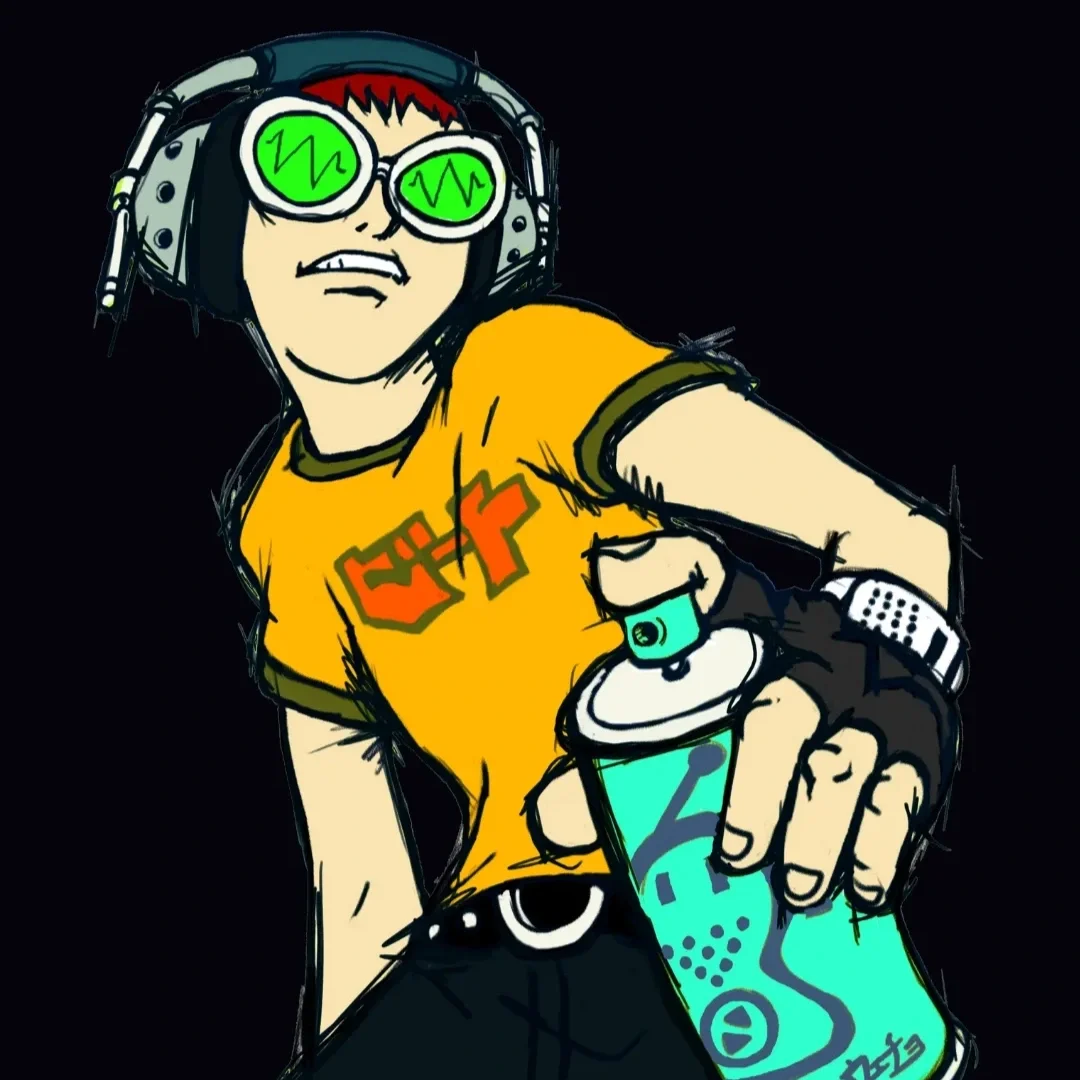
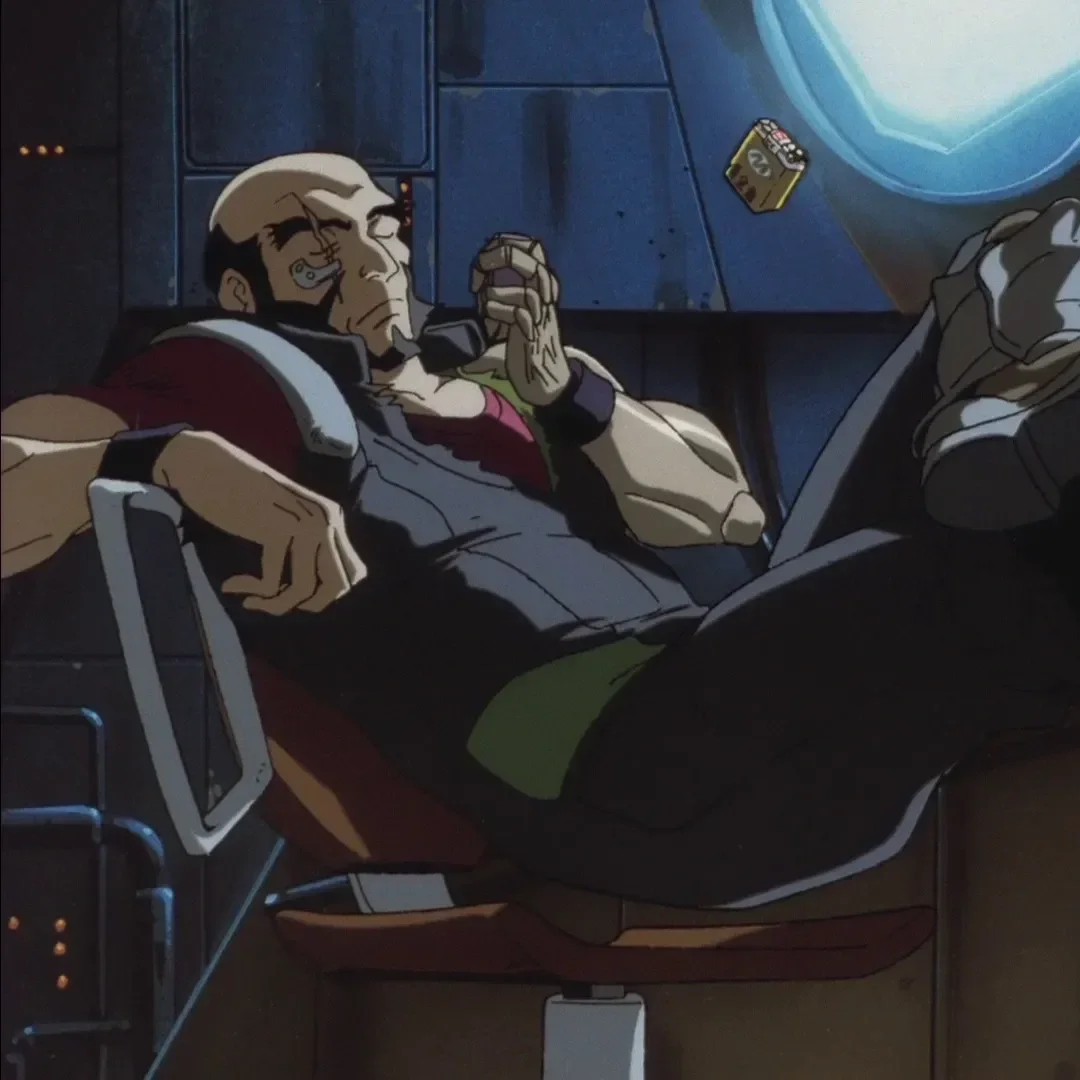
Revolutionary Bikers - the rise and fall of Japan's Bosozoku subculture.